14 Tracking the Source of Viral Content
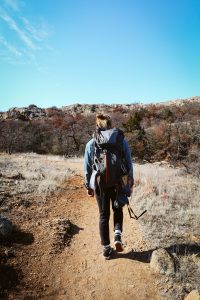
Tracing the source of the information or claim is good internet citizenship. Articles on the web that re-purpose other information or artifacts should state their sources, and, if appropriate, link to them. This matters to creators because they deserve credit for their work. It also matters to readers who need to check the credibility of the original sources.
Unfortunately, some people on the web are not good internet citizens. This is particularly true with material that spreads quickly as hundreds or thousands of people share it – so-called “viral” content.
When that type of information travels around a network, people often fail to link it to sources, or they hide the sources altogether. For example, it was claimed that Carole Baskin killed her husband, and the Hillsborough County Sheriff’s Office was refocusing on solving the case.
But the source of the information, Hillsborough County Sheriff’s Office, is not linked.
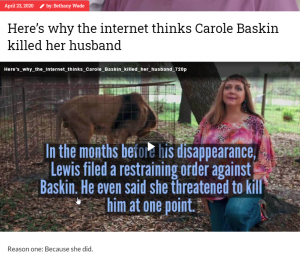
Here is a tip for locating the source. Using the Chrome web browser, select the text “Hillsborough County Sheriff’s Office.” Then right-click your mouse (control-click on a Mac), and choose the option to search Google for the highlighted phrase.
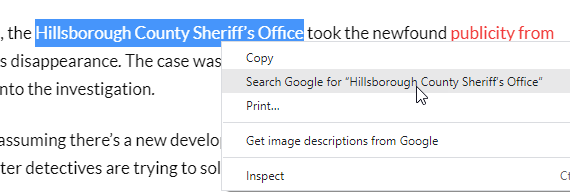
Your computer will execute a search for “Hillsborough County Sheriff’s Office.” To find the story, add “Don Lewis” to the end of the search:
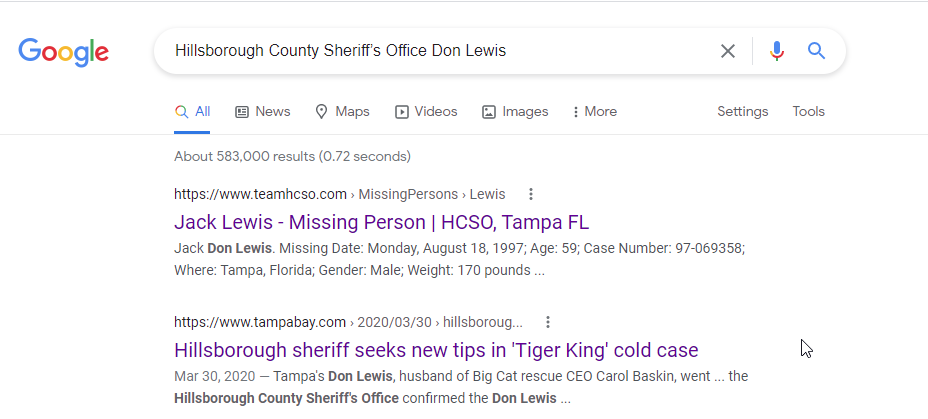
Our article appears at the top of the results list. Another option is to go directly to Google and type in the search terms.
So have we found the source? Not yet. When we click through to the supposed source article, we find that this article only shows us the missing person’s poster for Don Lewis (Carole’s missing husband); however, if we return to the results page, we see several articles referencing the Hillsborough Sheriff asking for new leads on the open case:
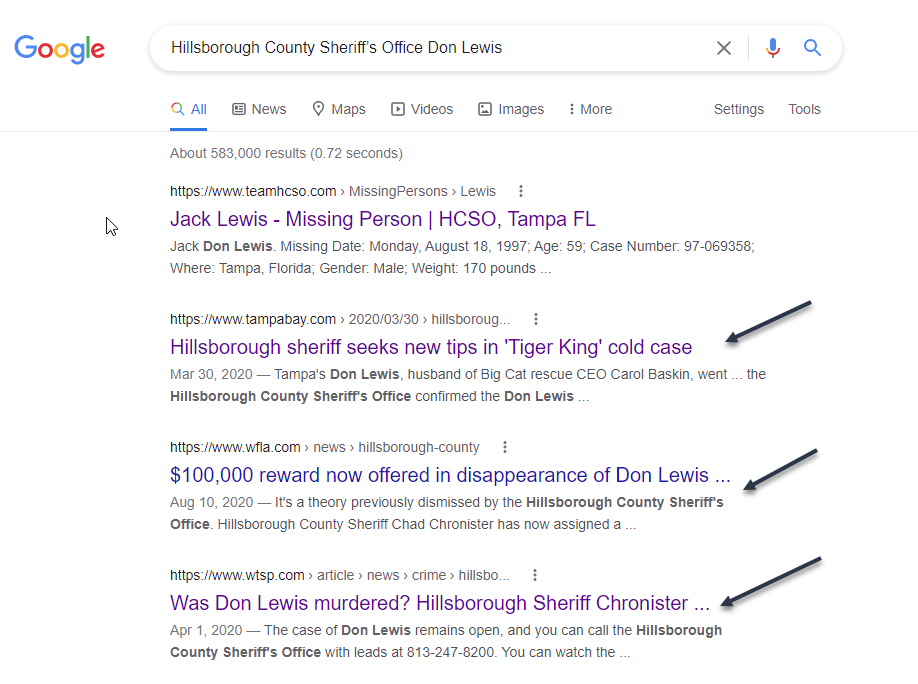
So we can just repeat our technique here, and select a bit of text from the sheriff’s quote and right-click/control-click. Our goal is to figure out where this quote came from, and searching on this small but unique piece of it should bring it close to the top of the Google results list.

When we search this snippet of the quote, we see that there are dozens of articles covering this story, using the same quote and sometimes even the same headline. But one of these results is the actual tweet from the sheriff with contact information for anyone with a new lead on the case.
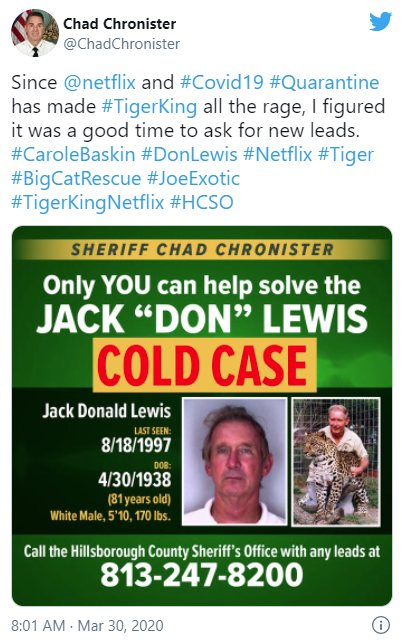
As we begin to develop fact-checking habits, we should remember to not only scan the titles in a result list but also the URLs within the sources themselves. These are clues as to which sources are best.
It appears that this claim is only partially true – the Hillsborough County Sheriff’s Office is looking for new leads, but there has been no indication that Carole Baskin is their primary focus of the investigation. We only learned this by finding the source of the content.
Concept Review Exercise: Fact Check #1
Sources
This section includes material from the source chapter, “Tracking the Source of Viral Content” by NSCC and Michael A. Caulfield, found in NEW Web Literacy for College Students (2nd Ed), licensed as CC BY 4.0, as well as the following:
Photo by Cullen Jones on Unsplash.
“Since @netflix and #COVID19 #Quarantine…” Twitter, uploaded by Chad Chronister, 30 March 2020.
Original material by book author Calantha Tillotson.

